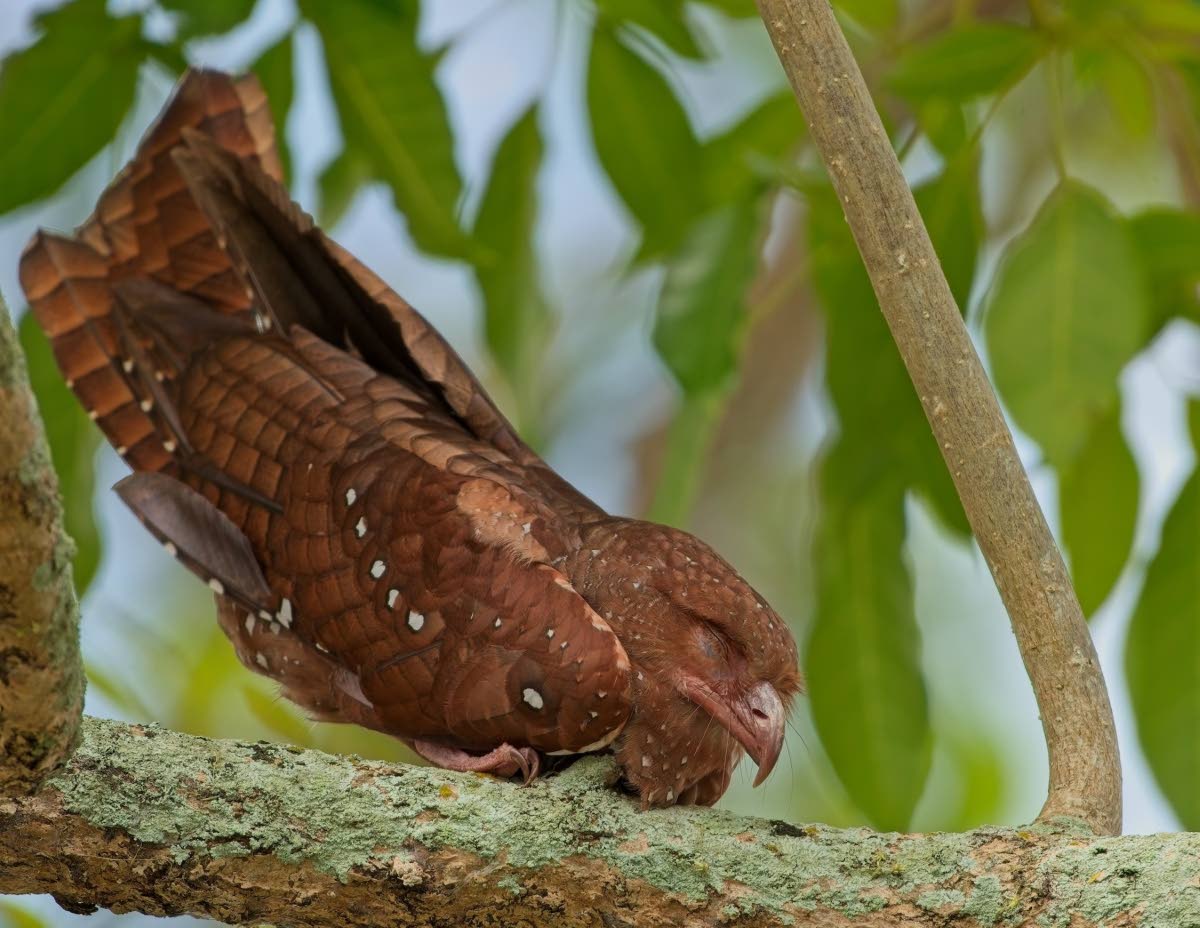In a serendipitous encounter, an oilbird was discovered roosting at St. Benedict’s College in La Romaine, south Trinidad, far from its known colonies. This rare sighting provided a unique teaching opportunity for the school staff. The oilbird, a nocturnal marvel, is one of the most remarkable yet overlooked species in Trinidad’s rich biodiversity. Unlike the vibrant hummingbird or the powerful hawk-eagle, the oilbird’s unassuming appearance belies its extraordinary adaptations and ecological significance. Native to Trinidad, which shares much of its ecology with South America, the oilbird thrives in darkness, spending its days in lightless caves and emerging at night to forage. With a wingspan exceeding one metre, these birds embark on nightly journeys, sometimes covering over 100 kilometres in search of their exclusive diet of fruits from palms, laurels, and bursera trees. This dietary specialization makes them vital seed dispersers, ensuring the propagation of their food trees. Oilbirds possess unique sensory adaptations, including echolocation and an unparalleled sensitivity to light, with retinal rod densities of one million rods per millimetre—the highest among vertebrates. Their social structure is equally fascinating, with monogamous pairs raising broods in large colonies that can number in the thousands. Despite their ecological importance, oilbirds face threats from human exploitation, historically hunted for their oil and meat. Conservation efforts are crucial to protect this enigmatic species and its habitat, ensuring its survival alongside humanity.
